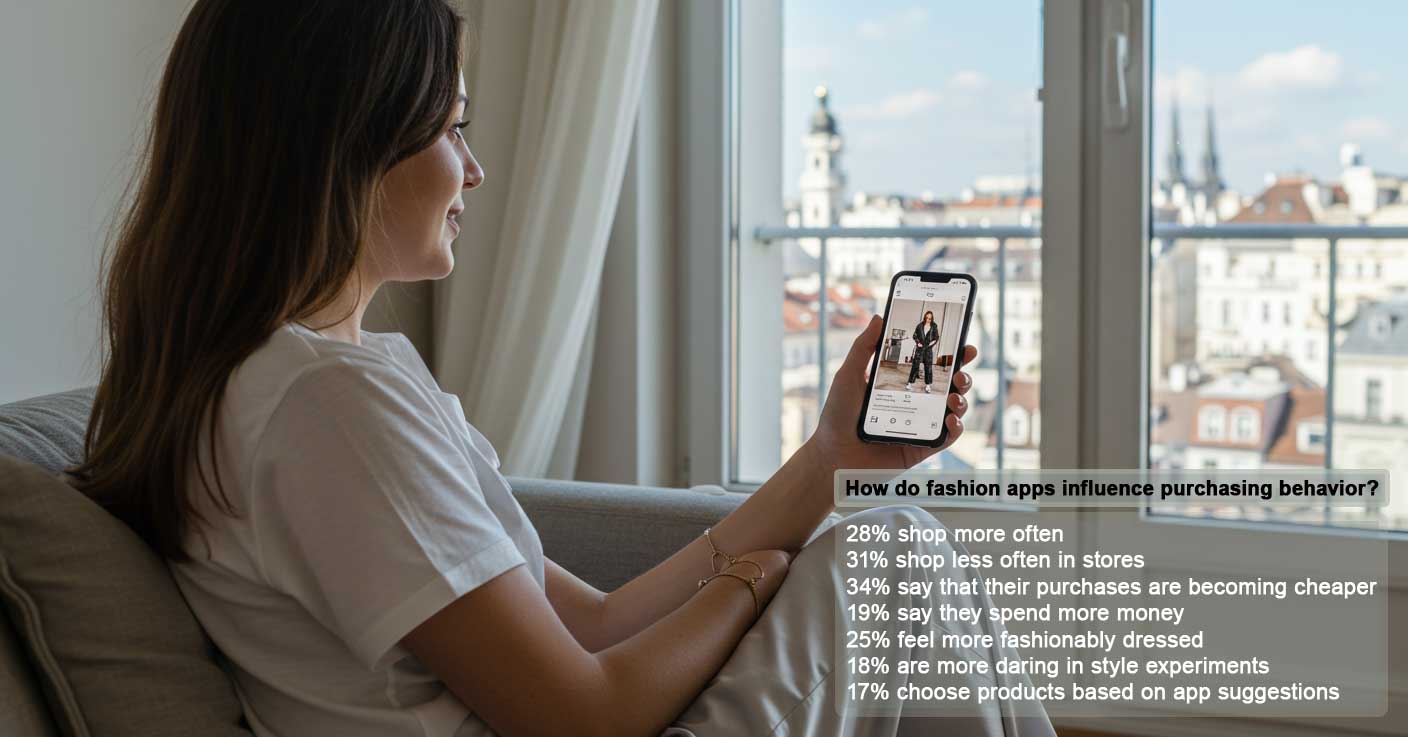

17 June 2025  Zalando Leads, Legacy Retailers Trail BehindSimon-Kucher, an international consulting firm specializing in growth and pricing strategies, conducted the "Fashion-App Study 2025" in collaboration with the independent research institute Appinio. The first part of the study, released in March 2025, focused on the German market—often viewed as a proxy for Austria due to similar consumer habits—and explored how various fashion apps perform and which features users prefer.The findings showed that mobile shopping is now mainstream: 84% of respondents use at least one fashion app, and over half use more than three. Zalando (41%) leads the field, followed by H&M (39%) and Otto (37%). Manufacturer apps like adidas and Nike also scored well, whereas traditional department stores such as P&C and Galeria lag significantly behind. Consumers value basic features such as personalized rewards, product information, and price comparisons. However, more advanced AI-powered tools—like virtual try-ons or live shopping—remained largely underused in early 2025. AI Takes Over: Shopping More Often, Feeling More StylishThis week, Simon-Kucher released new insights from the study, shifting the focus from app functionalities to user behavior and self-perception. One of the most striking outcomes: consumers who use AI-based features such as personalized recommendations or size advice tend to shop more frequently and spend more money. In fact, 28% of all fashion app users report shopping more often, with this number rising to 32% among users of AI features. Spending also increases: 24% of AI-feature users say they spend more on fashion—more than double the rate of those who don't use AI.Interestingly, while many consumers buy more, they *feel* like they're saving—34% claim their purchases became cheaper, even when their shopping volume grew. Discounts and app-exclusive offers strongly influence buying decisions, with 42% saying they purchase more due to in-app deals. The psychological impact is just as significant: 25% of users say they dress more fashionably, and 18% are more experimental in their style choices. As one Simon-Kucher expert summarized, fashion apps now serve as "personal style playgrounds," shaping not just consumption but identity. Fashion Feeds and the Fine Line Between Curation and CompulsionThe results suggest a digital turning point. Consumers appear torn between gaining expertise in fashion and being swept along by algorithms. On one hand, apps offer knowledge, convenience, and stylistic inspiration. On the other, they foster impulse buying: 17% of users choose items based on app suggestions, and a growing number are drawn in by real-time feeds and promotions.The fashion feed has replaced the store window. Algorithms not only predict tastes but increasingly shape them—raising the question of who is truly in control of the shopping process. With 28% buying more frequently, fashion consumption is no longer limited to planned purchases. Today, a scroll can trigger a transaction. The Simon-Kucher study captures a consumer landscape in flux: one where the digital wardrobe may soon be curated less by personal preference and more by predictive models. Image: The AI-generated picture shows a woman sitting on a couch in a brightly lit room, holding a smartphone. She is looking at a fashion app on her phone. A large window offers a panoramic view over the rooftops of Vienna on a sunny day. The text on the picture presents selected results of the 'Fashion-App Study 2025' by Simon-Kucher: • 28% shop more often • 31% shop less often in stores • 34% say that their purchases are becoming cheaper • 19% say they spend more money • 25% feel more fashionably dressed • 18% are more daring in style experiments • 17% choose products based on app suggestions Photo: © Fashion.at, generated with Imagen by Google AI Studio. |